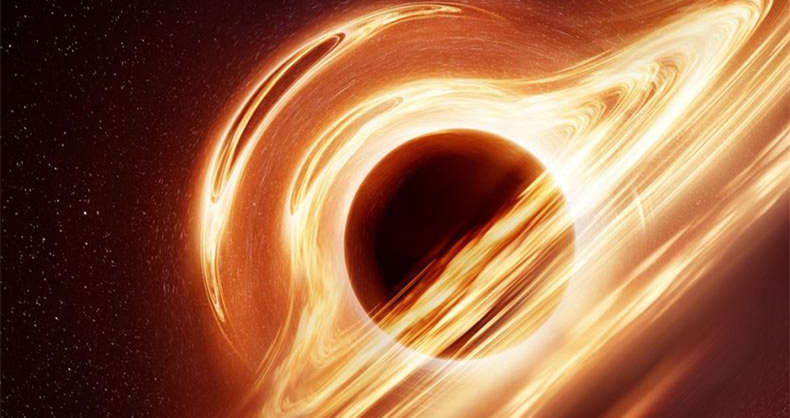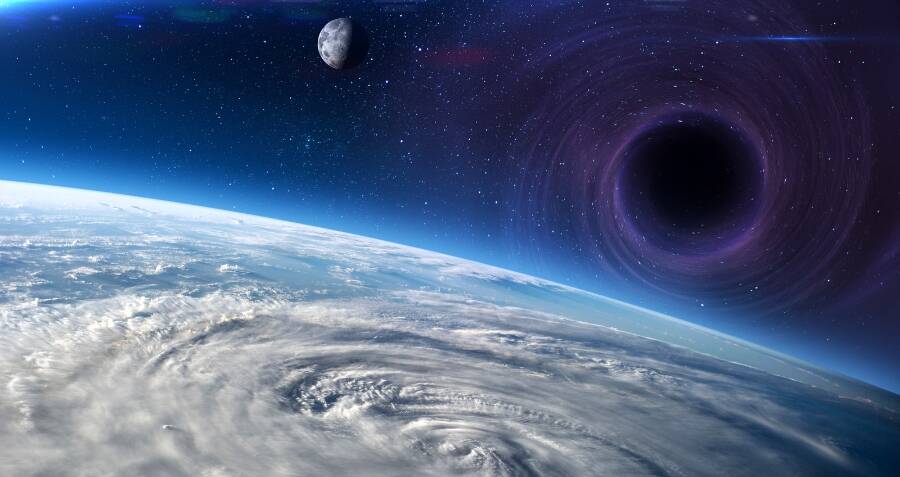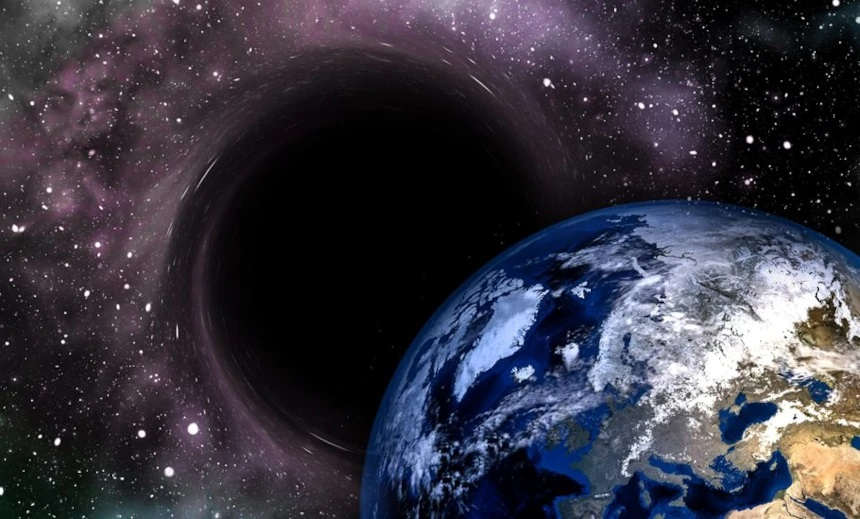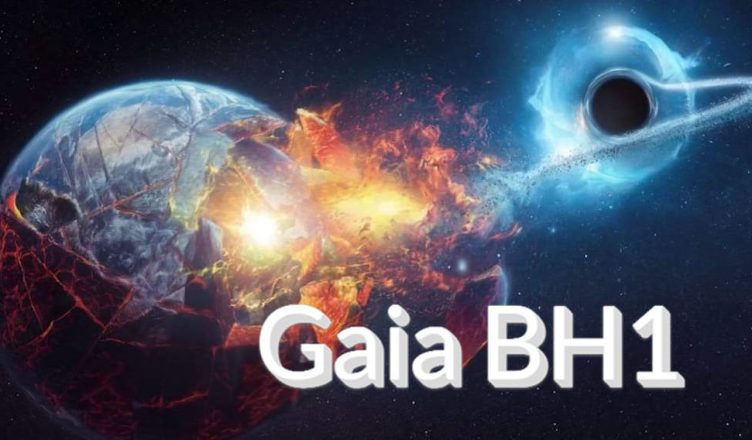Classified by the size of their mass, black holes can be divided into three types: supermassive black holes, intermediate-mass black holes, and stellar-mass black holes. In our Milky Way galaxy, the first two types of black holes are very rare in terms of quantity, but stellar-mass black holes are abundant. According to scientific estimates, there are at least 10 million stellar-mass black holes in the Milky Way, and this number can go as high as a billion.
It’s worth noting that stellar-mass black holes typically have masses ranging from five to several tens of times that of our Sun. Even though they are “only” stellar-mass black holes for us humans, they are still formidable celestial objects.

So, among this vast population of black holes, how close is the nearest one to us? This has been a question of interest for scientists, and in recent days, one after another black hole has been discovered, with records of the “nearest black hole” seemingly constantly getting closer to us.
According to a recent study published in the Monthly Notices of the Royal Astronomical Society, the record for the “nearest black hole” may have been significantly updated. Researchers involved in this study indicate that previous research suggested the nearest black holes were located over a thousand light-years away from Earth. However, if this new research is confirmed, the record for the “nearest black hole” could be reset to 153 light-years. Let’s delve into the specifics of this.
Although black holes themselves are invisible (after all, not even light can escape from their interiors), we can still detect their presence through indirect methods. These methods include observing electromagnetic radiation released from the accretion disks around black holes, massive jets emitted from the poles of black holes, and “tidal disruption events” that occur when black holes devour other celestial bodies.

Furthermore, we can indirectly infer their existence by observing the gravitational influence of black holes on the orbits of visible celestial objects, primarily stars. This is the method employed in this study. Researchers utilized the latest observational data from the Gaia satellite to comprehensively analyze the motion of stars in the vicinity of our solar system. They then noticed anomalies in the motion of some stars within the Hyades star cluster.
The Hyades star cluster consists of hundreds of stars and is located in the direction of the Taurus constellation. It is a relatively “young” open star cluster with an age of approximately 650 million years and is known to be one of the closest star clusters to us, at a distance of about 153 light-years.
Researchers found that the motion of some stars within the Hyades star cluster exhibited significant anomalies, as if they were influenced by an invisible gravitational source. Subsequently, they used actual observational data and relevant theories to model the Hyades star cluster. After conducting numerous simulations, the researchers concluded that the best match with observed data was achieved when the cluster contained two or three black holes.

While the specific positions of these black holes within the Hyades star cluster cannot be precisely determined at this time, it can be reasonably inferred that these black holes have masses roughly ten times that of the Sun, classifying them as stellar-mass black holes. With this preliminary assessment, astronomers will continue to closely monitor the Hyades star cluster and seek other methods in future research to verify the existence of these black holes.
It’s important to note that in previous studies, the nearest known black hole was “Gaia BH1 B” (which still carries some controversy) located in the direction of the Ophiuchus constellation and about 1560 light-years away from us.
So, if this research is ultimately confirmed, the record for the “nearest black hole” would be significantly updated. However, the distance of 153 light-years is still quite remote. According to the estimates in this study, these black holes, even at their fastest relative motion to us, would only be moving at about 3 kilometers per second. Therefore, it would still take an extremely long time for them to reach the region of our solar system directly, and the state of Earth at that time is uncertain. After all, in approximately 5 billion years, the Sun will evolve into a red giant, expanding to over 200 times its current size, possibly affecting the Earth’s orbit.
On the other hand, since these black holes are only stellar-mass black holes, even if they were to emit jets, their power would not affect Earth, which is situated 153 light-years away. So, there is no need for concern about their existence.
More UFOs and mysterious files, please check out our YouTube channel: MysFiles
Is the moon artificial? Evidence Proves the Moon Was Unnaturally Formed








